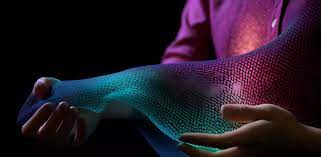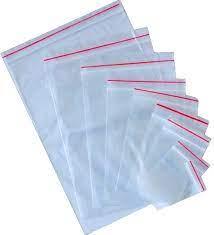Removed are the times when we applied garments merely for protection or to boost our appearance. With technology advancing at an unbelievable pace, we will have smart fabrics that will do a great deal more than what old-fashioned textiles actually could. Smart fabrics are textiles that can handle interacting with the environmental surroundings, getting and transferring data, and doing jobs that traditional fabrics cannot. From sports to style, these fabrics are revolutionizing the way in which we dress and live. Let’s examine the fascinating world of smart fabrics and their potential applications.
Products Used for Smart Fabrics :
Smart fabrics are manufactured from various materials and materials, including conductive and non-conductive resources, normal and artificial fibers, and micro-electronic components. Conductive materials such as copper, carbon, and silver enjoy a crucial position in transferring signals through the fabric. Non-conductive resources like polyester and plastic offer the required flexibility that smart fabrics require. The addition of micro-electronics encourages smooth interaction between devices and textiles, leading to improved functionality.
Programs of Smart Fabrics :
The rise of smart fabrics has resulted in innovative programs across different areas, some of which include sports, military, medical, and fashion. In the activities business, players wear intelligent apparel that will tell them about their center charges, human body heat and track their movements. Smart fabrics will also be increasingly being utilized in the healthcare market, where they support monitor patients’ crucial signs from a distance, promote therapeutic and manage persistent conditions. In the military, smart fabrics may find compound and scientific threats, check soldiers’ vital signals and give defense against injury. In the fashion market, smart fabrics offer interesting style choices, including outfits that change color or shape based on the wearer’s body temperature.
Future of Smart Fabrics :
Smart fabrics have a bright future, with several interesting developments in the pipeline. Self-healing cloth is a place of intensive study, wherever fabrics have the capability to restoration themselves when damaged. Smart fabrics will also be being designed to adjust to changing climate conditions. A team of scientists at the University of Colorado developed a textile product that will change their depth and thermal insulation in a reaction to the environment’s temperature. The ability to combine smart fabrics with the net of things (IoT) is another interesting development, wherever clothes may keep in touch with different units and run independently. Such improvements will make smart fabrics even more versatile and essential inside our everyday lives.
Sustainability of Smart Fabrics :
As the potential of healthtech is huge, it is essential to consider the environmental affect of these production. The integration of electronic parts in textiles needs energy and resources that might not be sustainable. To counteract this dilemma, analysts are exploring the use of eco-friendly components and incorporating sustainability in to the look of smart fabrics. Companies will also be recycling digital spend to produce new clever materials. By considering the environmental consequences of smart fabric manufacturing, the can grow reliably and donate to a solution future.
small:
Smart fabrics have played an important role in transforming the textile business, with several impressive applications across various industries. As technology improvements, wise fabrics’ possible purposes are endless, and the integration of sustainability improves the sector’s growth. Once we explore the world of smart fabrics , it is clear that these textiles are not just practical but also lovely, with fascinating style options. As we move ahead, it is essential to carry on research to the possible of smart fabrics and embrace this interesting sector’s sustainability.



